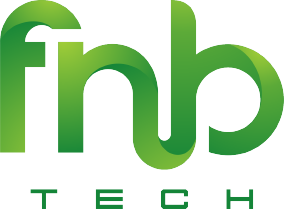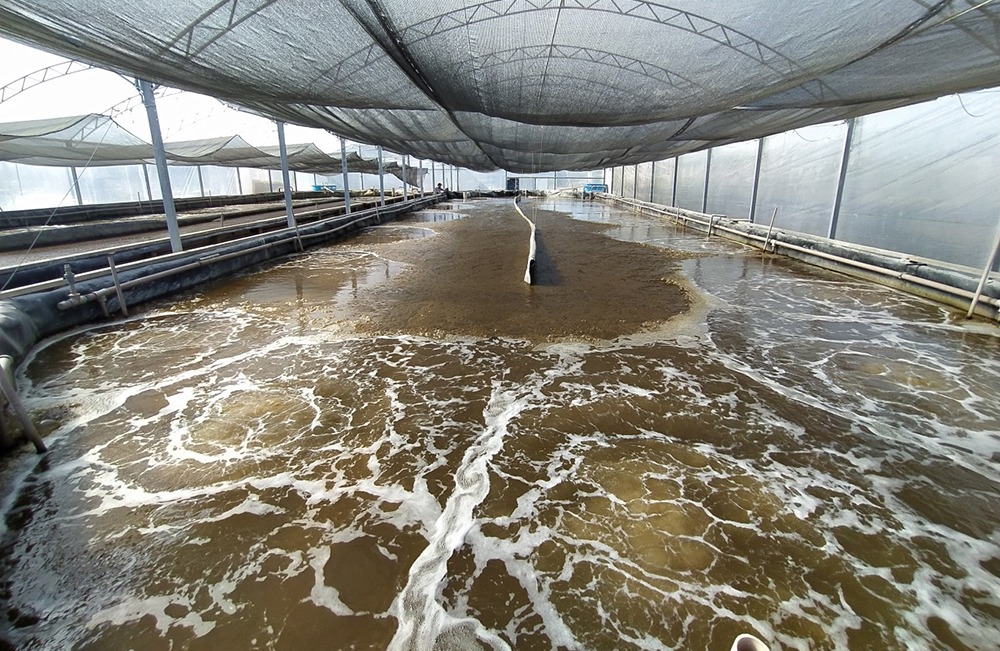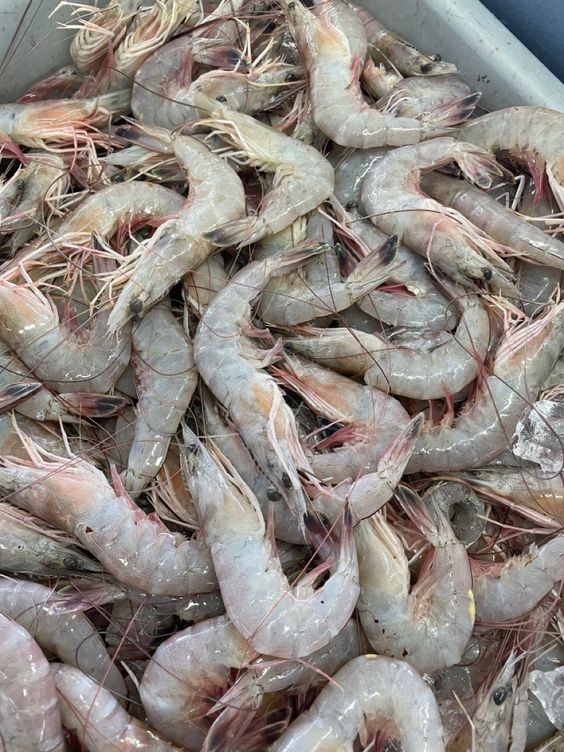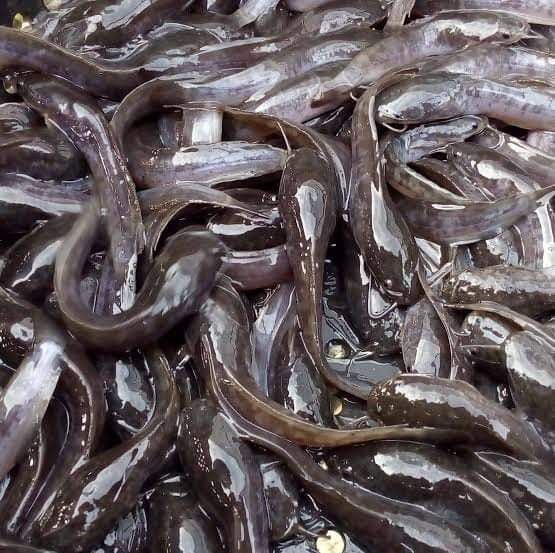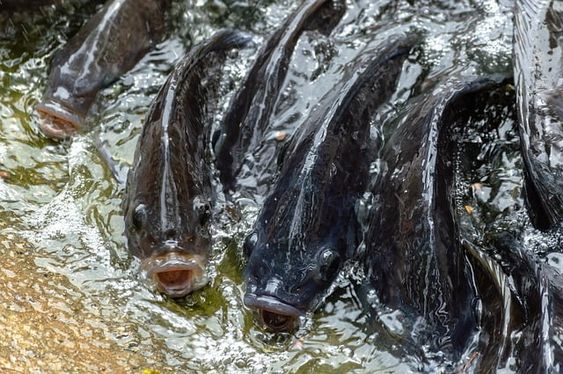Biofloc System: An Innovative, Eco-Friendly Aquaculture Solution
The global demand for fish continues to rise, compelling the aquaculture industry to evolve with more sustainable and efficient methods. Traditional practices often face challenges such as limited space, excessive water use, and environmental pollution. In response, the biofloc system has emerged as a revolutionary approach to address these issues.
This system offers both efficiency and sustainability, making it a top choice for modern aquaculture. Below is an in-depth exploration of the biofloc system, its benefits and limitations, and how it operates.
Contents
What is the Biofloc System?
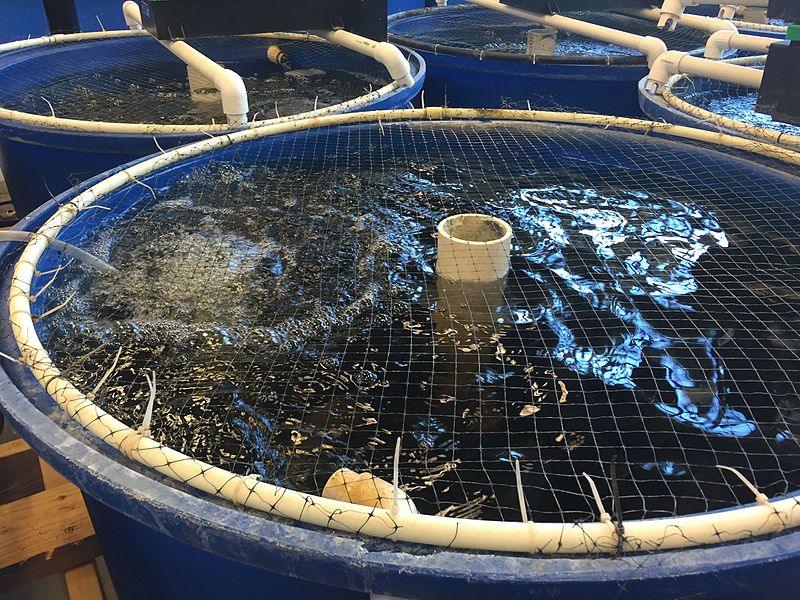
Source: fisheriesindia.com
The biofloc system is an aquaculture method that leverages microbial technology to convert organic waste into additional protein sources. Organic materials, including fish waste and uneaten feed, are processed into biofloc—nutrient-rich microbial aggregates.
These bioflocs serve as a natural feed source for fish, reducing reliance on expensive artificial feeds while mitigating the environmental impact of aquaculture waste.
Advantages of the Biofloc Technology
The anvantages of the biofloc technology in fish farming system offers several advantages:
- Resource EfficiencyRequires less water and space compared to traditional aquaculture methods. Supports intensive farming in small ponds without compromising production.
- Waste UtilizationConverts nitrogenous waste, such as ammonia, into biofloc, reducing environmental pollution while enhancing fish feed options.
- Cost SavingsReduces artificial feed costs by 30–40% due to the use of biofloc as supplementary feed.
- Faster Fish GrowthEnsures an optimal water environment, enhancing fish health and growth rates.
- Environmental SustainabilityLimits waste discharge, preserving local ecosystems and promoting sustainable aquaculture.
Challenges of the Biofloc System
While offering notable benefits, the system also presents certain challenges:
- High Initial InvestmentSignificant costs for setting up aeration systems, carbon sources, and pond infrastructure.
- Intensive MonitoringRequires technical expertise to maintain water quality and manage biofloc composition.
- Dependence on AerationContinuous aeration is critical; disruptions can harm microorganisms and degrade water quality.
- Fish CompatibilityNot all fish species thrive in biofloc environments; species tolerant of dense populations and dynamic water conditions are more suitable.
How Does the Biofloc System Work?
The biofloc system operates through four key stages:
- Formation of BioflocOrganic waste, such as ammonia, is converted into biofloc with the help of heterotrophic bacteria. Carbon sources like molasses are added to support microbial growth.
- Continuous AerationEnsures dissolved oxygen levels remain adequate while maintaining even distribution of biofloc throughout the water.
- Water Quality ManagementParameters such as pH, dissolved oxygen, and nitrogen concentrations are monitored to sustain system stability.
- Harvesting BioflocExcess biofloc can be removed for use as supplemental feed or organic fertilizer.
Suitable Fish for the Biofloc System
The system is best suited for species that adapt to high stocking densities and biofloc environments. Commonly farmed species include:
- Tilapia (Oreochromis niloticus): Known for rapid growth and adaptability.
- Catfish (Clarias sp.): Resilient to water quality variations and efficient at utilizing biofloc.
- Gourami (Osphronemus goramy): Valued for its economic potential and adaptability.
- Pangasius (Pangasius sp.): Thrives in densely stocked environments with biofloc nutrition.
- Vannamei Shrimp (Litopenaeus vannamei): A highly compatible species benefiting from optimal growth in biofloc systems.
The Future of Biofloc Systems
The biofloc system represents the future of aquaculture, especially with advancements like IoT-based water quality sensors and automated aeration systems. Its potential extends to urban aquaculture and regions with limited resources, paving the way for sustainable food production.
By adopting biofloc technology, fish farmers can achieve higher yields, lower costs, and contribute to environmental conservation.
Partner with FnB Fishery for Sustainable Aquaculture Solutions
FnB Fishery invites fish farmers to join forces in revolutionizing aquaculture through the advanced biofloc system. We provide pre-prepared farming facilities equipped with modern biofloc technology, ensuring a seamless farming experience.
Together, we can create a sustainable aquaculture ecosystem that balances profitability with environmental stewardship.
Join FnB Fishery today and become part of the green revolution in aquaculture! Contact us for more information and collaboration opportunities. Let’s work together to build a brighter, more sustainable future for aquaculture.
Frequently Asked Questions
What fish are suitable for biofloc?
Tilapia, catfish, shrimp, carp, and pangasius are well-suited for biofloc due to their ability to utilize microbial protein.
How does the biofloc system work?
Biofloc technology maintains water quality by converting waste into microbial protein, reducing the need for water exchange and external feed.
What are the disadvantages of biofloc technology?
High energy consumption, complex management, and potential water quality issues if not properly maintained.

